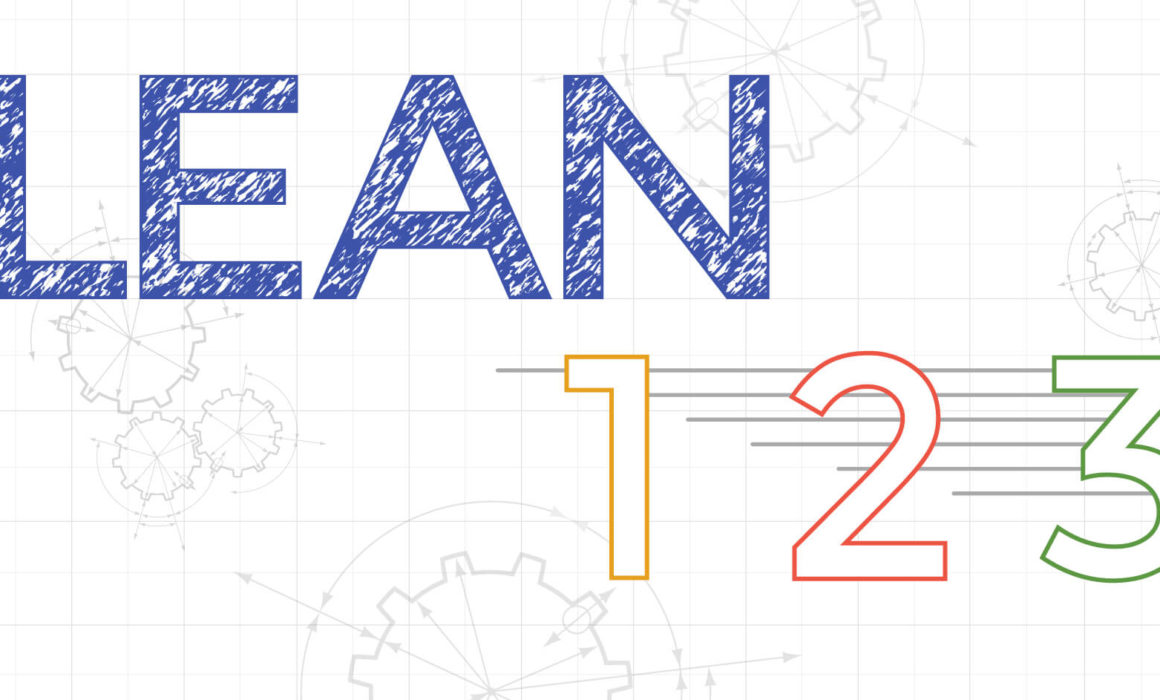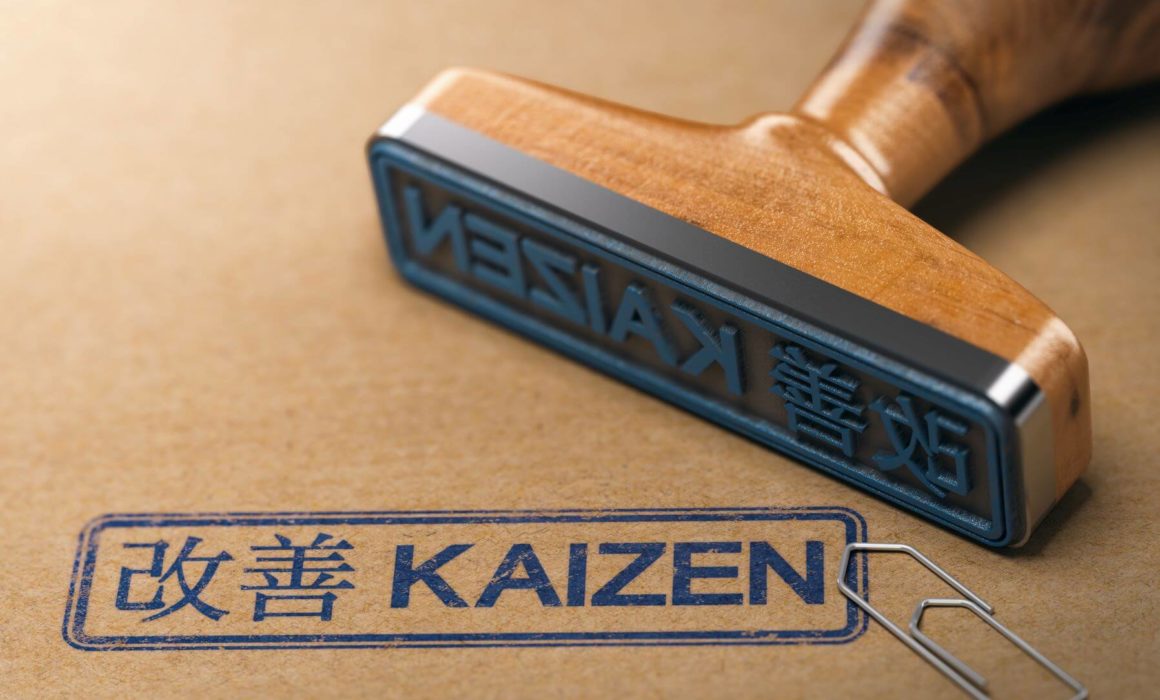The manufacturing industry is so vast that it has been the basis of most business process improvement and development procedures. One of which is the strategies and the methodologies of Lean and Six Sigma – but how does the Lean Six Sigma Implementation Affect the Manufacturing of a certain company or business?
How would you describe Lean Six Sigma Implementation in Manufacturing? One of the most common misconceptions that working professionals and executives had is that Lean Six Sigma is actually only for manufacturing and the production industry alone. That’s not true; however, it’s the most effective in this industry because the manufacturing industry has a lot of processes involved.
Lean Six Sigma in Manufacturing
The manufacturing process, or the creation of goods for a client, is a process that is usually produced in mass and in thousands. One good example of manufacturing is the creation of apparel like shirts, underwear, and the like. How would you be able to apply or implement Lean Six Sigma in the industry if it’s controlled and ran by machines and equipment? Well, by optimizing the processes and the functionality of the machines and the equipment.
Can’t seem to wrap your head around how it works? Don’t worry, we here at Maximum Potential will be more than happy to discuss and describe it to you. Through our Lean Six Sigma Consulting and Training Certification, you’ll not only be knowledgeable in Lean Six Sigma, but you will also have the right knowledge, skill, and understanding about how it all works.
Contribution of Lean Six Sigma in the Manufacturing Process
The manufacturing process can simply be defined and regarded to as:
- Process of receiving the raw materials
- Loading of the materials to the machines
- The intervention of experts and professionals
- Polishing of the product or the manufactured item
- Sending or delivery
Lean Six Sigma, can help each of the following processes be better and more improved through careful data analysis, statistical and graphical analysis and comparison, and many more.
Faster Production
Through Lean Six Sigma, the production or the manufacturing process of companies and manufacturers would be faster – it would take up and consume less and lesser time. Because the focus is to fully improve and enhance the business process, it would surely include the hastening of the processes involved.
Less Waste
The Lean Discipline is what contributes to fewer and less waste in the business process. Waste is not just the single type of waste you’re imagining – business waste is categorized into eight (8) different types and Lean Six Sigma handles any or all of these depending on the requirement of the client. Part of the Lean Six Sigma Training and Certification program that we offer our clients here at Maximum Potential tackles the identification and the reduction of waste in the most efficient and the fastest ways and forms – be sure to get it!
Efficient Production
Efficiency does not always necessarily mean speed – in our vocabulary, it involves everything from the speed, the quality of the work or the produce, and the feedback and the reaction of your clients. Through Lean Six Sigma, everything from the smallest point of detail will be observed and assessed, and it will be improved all in accordance to the development process that has been planned from the very beginning.
In a short conclusion, implementing Lean Six Sigma in the Manufacturing sector is something that can be done to fully enhance and develop a certain business process – or all of the process simultaneously.
More Clients
What happens when you’re able to produce better quality products in a shorter and faster timeframe? Other than the satisfaction of doing it – you get more potential clients! You will never expect that the Lean Six Sigma Implementation in Manufacturing is that easy – you’ll never regret working with us here at Maximum Potential!
The Best Lean Six Sigma Practitioner
Are you trying to look for and locate the best and the most skilled Lean Six Sigma Practitioner in the industry? Do you want to experience the highest and the best quality of Lean Six Sigma Integration and Implementation to your Manufacturing company or business? Work with us here at Maximum Potential!
We are named and deemed as the best and the most reliable Lean Six Sigma Consulting and Training company – and that would never be possible without the help and the assistance of our most dedicated, most talented, and our most skilled Lean Six Sigma Coaches, Trainers, Instructors, and Consultants.
Want to work with the best to experience world-class quality Lean Six Sigma Consulting and Training? Dial us or send us an email! We will respond to your requests as fast as we can – and we can even give you the price or the rate for our consultation or our training that we’re sure you will absolutely fall in love with.
Contact us now!





